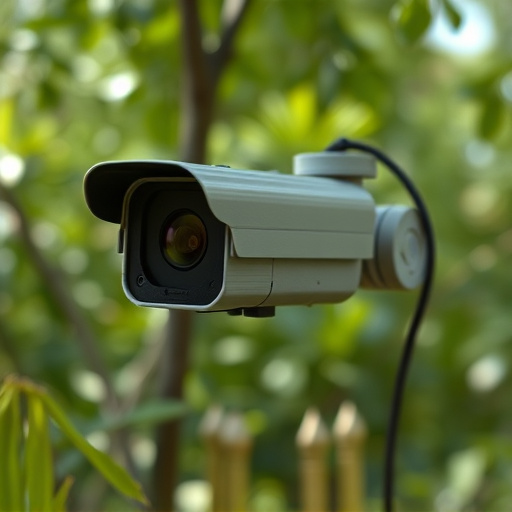Small hidden cameras in bedrooms have evolved to be miniature and discreet, integrating into everyday objects like clocks or door knobs. With high-resolution sensors, infrared, motion detection, and cloud storage, they capture clear images/videos in low light. Ideal for home security, pet monitoring, but raise ethical privacy concerns. Best practices suggest limiting usage to common areas with consent and adhering to local laws.
Uncover the art of discrete surveillance with our comprehensive guide on tiny camera concealment. In an era where technology shrinks in size, small hidden cameras offer unprecedented privacy and security. From everyday objects like clocks and lamps to innovative integrations, this article explores the potential and ethical dilemmas of these compact devices, with a special focus on their application for small hidden cameras for bedroom monitoring.
- Understanding Small Hidden Cameras: Discreet Technology
- Everyday Objects as Camera Concealment Solutions
- Bedroom Surveillance: Ethical Considerations and Best Practices
Understanding Small Hidden Cameras: Discreet Technology
Small hidden cameras have evolved from clunky devices to sophisticated, discreet technology that can fit seamlessly into everyday objects. These miniature cameras are a popular choice for home security and surveillance, offering peace of mind by allowing users to monitor their bedrooms, offices, or any other space remotely. Their compact size means they can be concealed in common household items like clocks, pens, or even door knobs, making them virtually invisible to the naked eye.
This technology leverages advanced components, such as high-resolution sensors and infrared capabilities, to capture clear images and videos even in low-light conditions. Many modern small hidden cameras also feature motion detection, automatic recording, and cloud storage options, simplifying the monitoring process. Whether you’re looking to ensure a safe sleeping environment or maintain privacy in your bedroom, these discreet devices offer an effective solution without compromising aesthetics.
Everyday Objects as Camera Concealment Solutions
Everyday objects can serve as ingenious hiding spots for small hidden cameras in the bedroom or any space. A discreet camera concealed within a seemingly ordinary item can provide valuable surveillance without raising suspicion. For instance, a fake smoke detector or fire alarm is an excellent camouflage, allowing you to monitor activities while maintaining a normal appearance. Similarly, a decorative figurine or houseplant with built-in camera functionality offers a subtle way to capture footage.
These innovative solutions enable individuals to enhance their security and privacy without compromising aesthetics. Whether it’s for home surveillance, pet monitoring, or catching potential intruders, everyday object cameras provide an easy and effective way to maintain watchful eyes while keeping the setup unnoticeable.
Bedroom Surveillance: Ethical Considerations and Best Practices
Surveillance in one’s bedroom, facilitated by small hidden cameras, raises significant ethical questions that must be carefully navigated. While these devices offer potential benefits like enhancing security and deterring intruders, they also pose risks to privacy. Balancing safety with personal space is a delicate act; placing a camera in the bedroom intrudes on an individual’s most private sanctuary.
Best practices suggest limiting camera placement to common areas where consent can be reasonably obtained from all occupants. Additionally, ensuring clear visibility of camera positioning and adhering to local laws regarding hidden surveillance are essential. Transparency and respect for privacy should guide the use of small hidden cameras in bedrooms to maintain a harmonious balance between security and personal autonomy.
The integration of small hidden cameras into everyday objects offers a unique perspective on surveillance, raising both practical and ethical considerations. While these discreet devices provide valuable insights in various settings, their placement, especially in bedrooms, requires careful navigation to maintain privacy and foster trust. By understanding the capabilities and limitations of such technology, we can ensure responsible use, striking a balance between security and personal boundaries. Embracing innovative solutions like this, when applied ethically, has the potential to revolutionize home surveillance while preserving the comfort and peace of mind that our living spaces should offer.
